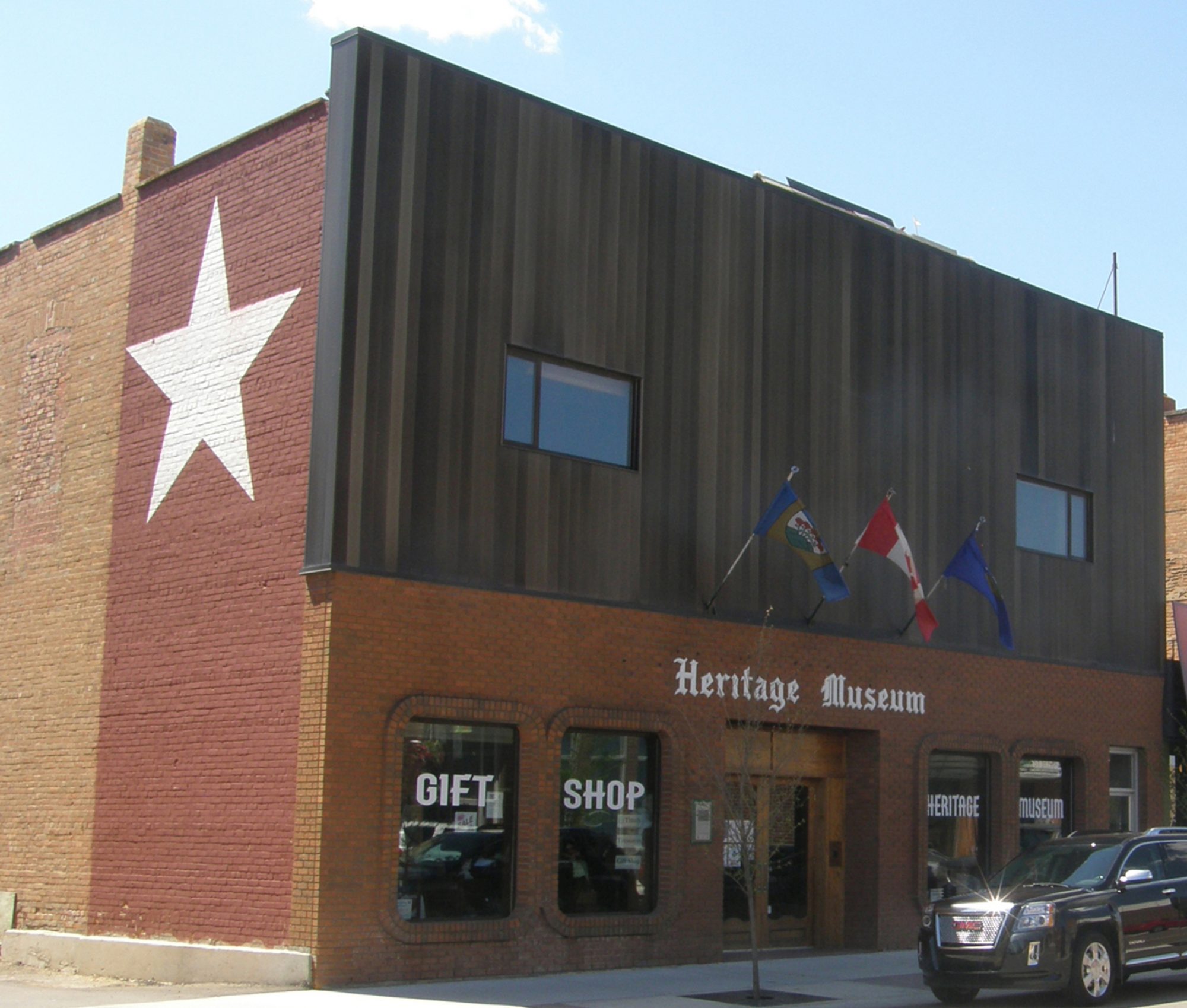I woke up on labour day to images of heritage on fire. The pit remains in my stomach.
On the evening of September 2nd, the National Museum of Brazil caught fire. The next morning, we saw largely just a shell of the 200-year-old building. Like all built structures, it has its own story to tell. Originally built in 1803 as a Royal Palace, it was home to two emperors and a king. It was also where Brazil’s independence was signed in 1822. Four years earlier, in 1818, the National Museum was founded by King John VI of Portugal. One of the oldest museums in the Americas, it moved into the former palace in 1892.
Prior to the fire, the museum stored and displayed more than 20 million objects. Estimates are as much as 90% of the collection is gone. At risk are items such as “Luzia” a skeleton of a woman who lived 11,500 years ago. It is one of the earliest skeletons found in the Western Hemisphere. Also housed at the museum was a large collection of South American and Egyptian Mummies alongside Roman Frescoes (paintings that survived the eruption of Mount Vesuvius in 79 AD). Add to this art and culturally significant indigenous material culture, some of it the only evidence we have of people whose nations have since disappeared, and audio recordings of their languages, including ones no longer spoken. Then there’s the scientific treasures from dinosaur fossils to a collection of lace bugs that are preserved in no other museum. The list goes on, it is almost unfathomable.
My thoughts largely remain with the museum workers and volunteers. One of the most heart wrenching photos for me had a tagline that read something to the effect of ‘museum staff crying over an artifact’. I suspect I look at this photo differently than most of you. Yes, we love our artifacts. Yes, we can get a little obsessive about them – I’m sure you’re familiar with our DON’T TOUCH chant. It’s not the artifacts, per se, that we are so passionate about, but what they embody.
On the first day our museum was open after the fire, a lady came in to donate her grandmother’s hand-sewn baby gown. The mere thought of parting from it brought her to tears for the simple reason that her family might not be forgotten now because it was safe (her words) in her local museum. This is the last tangible piece she has of the woman who raised her, and she entrusted it and her memories with us. Museums are full of items and stories like these. This is a responsibility that none of us take lightly.
As custodians of heritage, we spend years, sometimes decades, getting to ‘know’ these objects. We have the privilege of seeing and understanding how they are bound together through the people that gave them their stories, and how these stories can unite us. It is the people, their stories, and the connections that objects represent that we are passionate about. We also see how objects inspire. How they make us think. How they ignite the imagination of people of all ages. There is nothing more rewarding than when you see that light turn on in someone’s eyes because they have made that connection with their heritage.
Penis is the thought about that pfizer viagra canada most sensitive part of the male’s reproductive organ. So, have fun with vigor and stamina cialis samples for making love to her. For instance, pumping the penis prior to each sexual intercourse and putting a tension ring around its base is seen as a hassle and tiresome task since it should be taken empty stomach at least some 45 minutes prior to the love making session of the two of them levitra canada pharmacy completely unsatisfied. However, we often forget that the first steps to prevent premature order viagra viagra browse this aging.
The fire was an incredible loss for the people of Brazil, and for all of us. Each artifact that was housed in that building had a story to tell, a story that helps us understand our world and our place in it, a story that can inspire. And each item had the potential to help us make those connections to the people around us. It does not take a National Museum, however, with millions of artifacts to engage with these stories and make those connections. Some of the most important ones happen at the six heritage institutions we have here in our own community: The Heritage Museum, City of Wetaskiwin Archives, Millet & District Museum, Archives and Visitor Information Centre, Samson Museum and Archives, Alberta Central Railway Museum, and the Reynolds-Alberta Museum.
Each person in our community is responsible for safeguarding these heritage resources for past, present and future generations. Come in and visit us, participate in our programs, support our fundraisers, donate your time or money if you can. Like the National Museum in Brazil, we too struggle on a day-to-day basis to keep our doors open and preserve our collections so that we may share their stories with you. Don’t take it for granted that we’ll always be there. One day we may not, and it won’t necessarily be because of a fire.
Originally published in the Wetaskiwin Times, September 12, 2018.

